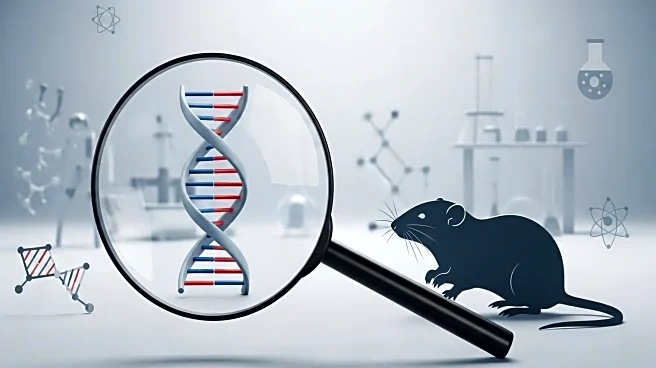What's Happening?
ETH Zurich has developed a groundbreaking tool called MetaGraph, which functions as a search engine for DNA and RNA sequences. This tool allows scientists to search through vast public DNA and RNA databases in seconds, akin to a 'Google for DNA.' MetaGraph indexes the raw data of all DNA or RNA sequences stored in major repositories like the American Sequence Read Archive and the European Nucleotide Archive, which collectively contain around 100 petabytes of information. The tool is designed to facilitate efficient and precise searches, overcoming previous challenges that required vast computing resources for DNA sequence comparison.
Why It's Important?
MetaGraph represents a significant advancement in genetic research, offering a cost-effective and efficient method for searching DNA sequences. This tool can accelerate research into antibiotic resistance, pathogen identification, and new pandemics by quickly locating resistance genes or bacteriophages in databases. The compression and indexing techniques used by MetaGraph allow for scalable searches, making it a valuable resource for researchers and potentially pharmaceutical companies with large internal datasets. The tool's open-source nature further enhances its accessibility and potential for widespread use.
What's Next?
The ETH researchers plan to index the remaining sequence data sets by the end of the year, expanding MetaGraph's capabilities. As the tool continues to improve, it may become a standard resource for genetic research and potentially be used by private individuals for personal applications, similar to how Google evolved. The ongoing development of MetaGraph could lead to new applications in various fields, including personalized medicine and biotechnology.
Beyond the Headlines
MetaGraph's development highlights the growing importance of data sharing and open-source tools in scientific research. By making vast amounts of genetic data easily searchable, MetaGraph could foster collaboration and innovation across the scientific community. The tool's ability to compress data by a factor of 300 without losing essential information demonstrates the potential for similar advancements in other areas of data science.











